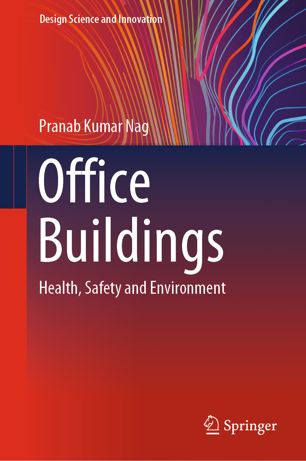

Most ebook files are in PDF format, so you can easily read them using various software such as Foxit Reader or directly on the Google Chrome browser.
Some ebook files are released by publishers in other formats such as .awz, .mobi, .epub, .fb2, etc. You may need to install specific software to read these formats on mobile/PC, such as Calibre.
Please read the tutorial at this link: https://ebookbell.com/faq
We offer FREE conversion to the popular formats you request; however, this may take some time. Therefore, right after payment, please email us, and we will try to provide the service as quickly as possible.
For some exceptional file formats or broken links (if any), please refrain from opening any disputes. Instead, email us first, and we will try to assist within a maximum of 6 hours.
EbookBell Team

4.1
30 reviewsThis book brings together concepts from the building, environmental, behavioural and health sciences to provide an interdisciplinary understanding of office and workplace design. Today, with changes in the world of work and the relentless surge in technology, offices have emerged as the repositories of organizational symbolism, denoted by the spatial design of offices, physical settings and the built environment (architecture, urban locale). Drawing on Euclidian geometry that quantifies space as the distance between two or more points, a body of knowledge on office buildings, the concept of office and office space, and the interrelationships of spatial and behavioural attributes in office design are elucidated. Building and office work-related illnesses, namely sick building syndrome and ailments arising from the indoor environment, and the menace of musculoskeletal disorders are the alarming manifestations that critically affect employee satisfaction, morale and work outcomes. With a focus on office ergonomics, the book brings the discussion on the fundamentals of work design, with emphasis on computer workstation users. Strategic guidance of lighting systems and visual performance in workplaces are directed for better application of ergonomics and improvement in office indoor environment. It discusses the profiles of bioclimatic, indoor air quality, ventilation intervention, lighting and acoustic characteristics in office buildings. Emphasis has been given to the energy performance of buildings, and contemporary perspectives of building sustainability, such as green office building assessment schemes, and national and international building-related standards and codes. Intended for students and professionals from ergonomics, architecture, interior design, as well as construction engineers, health care professionals, and office planners, the book brings a unified overview of the health, safety and environment issues associated with the design of office buildings.